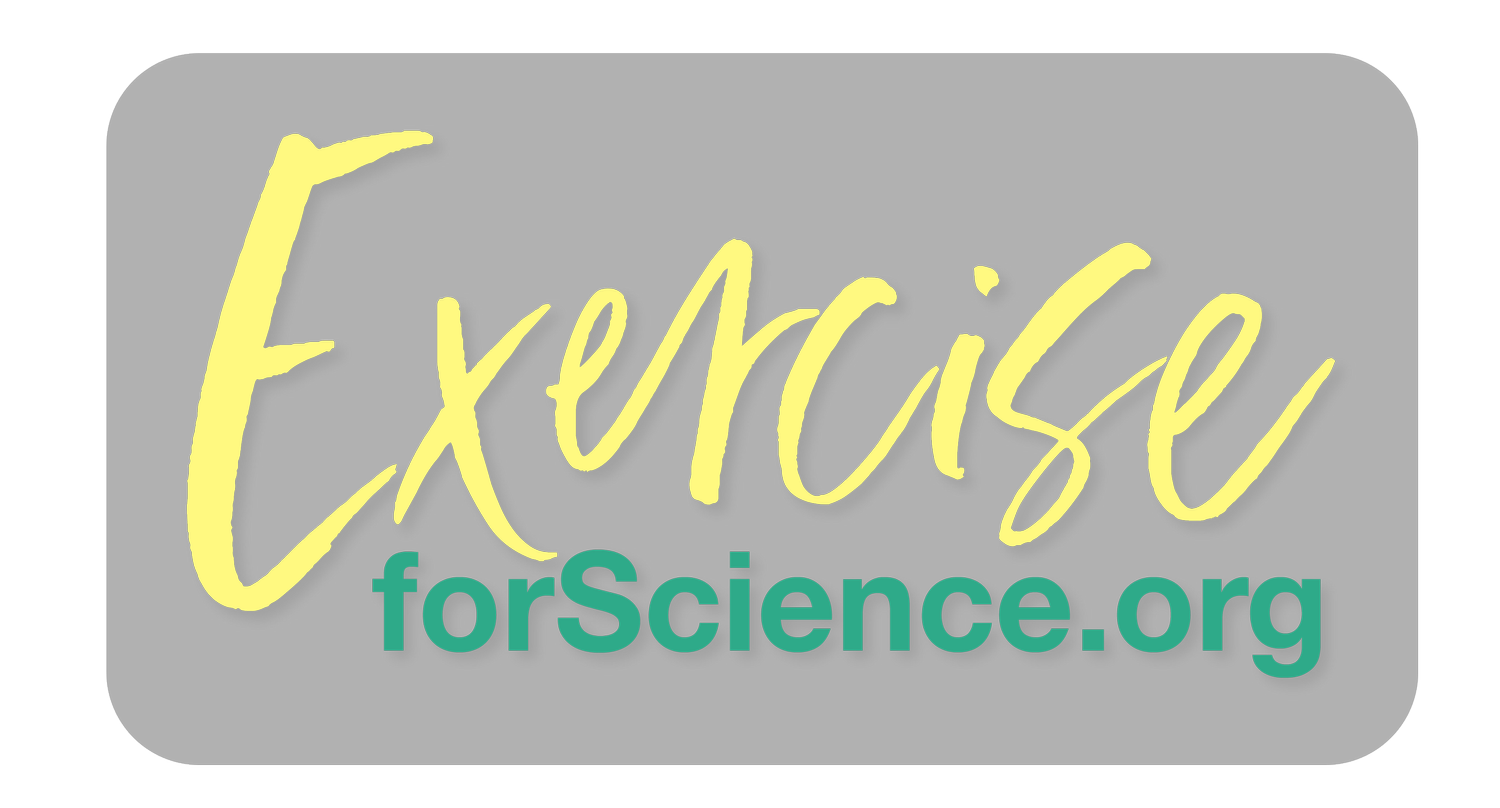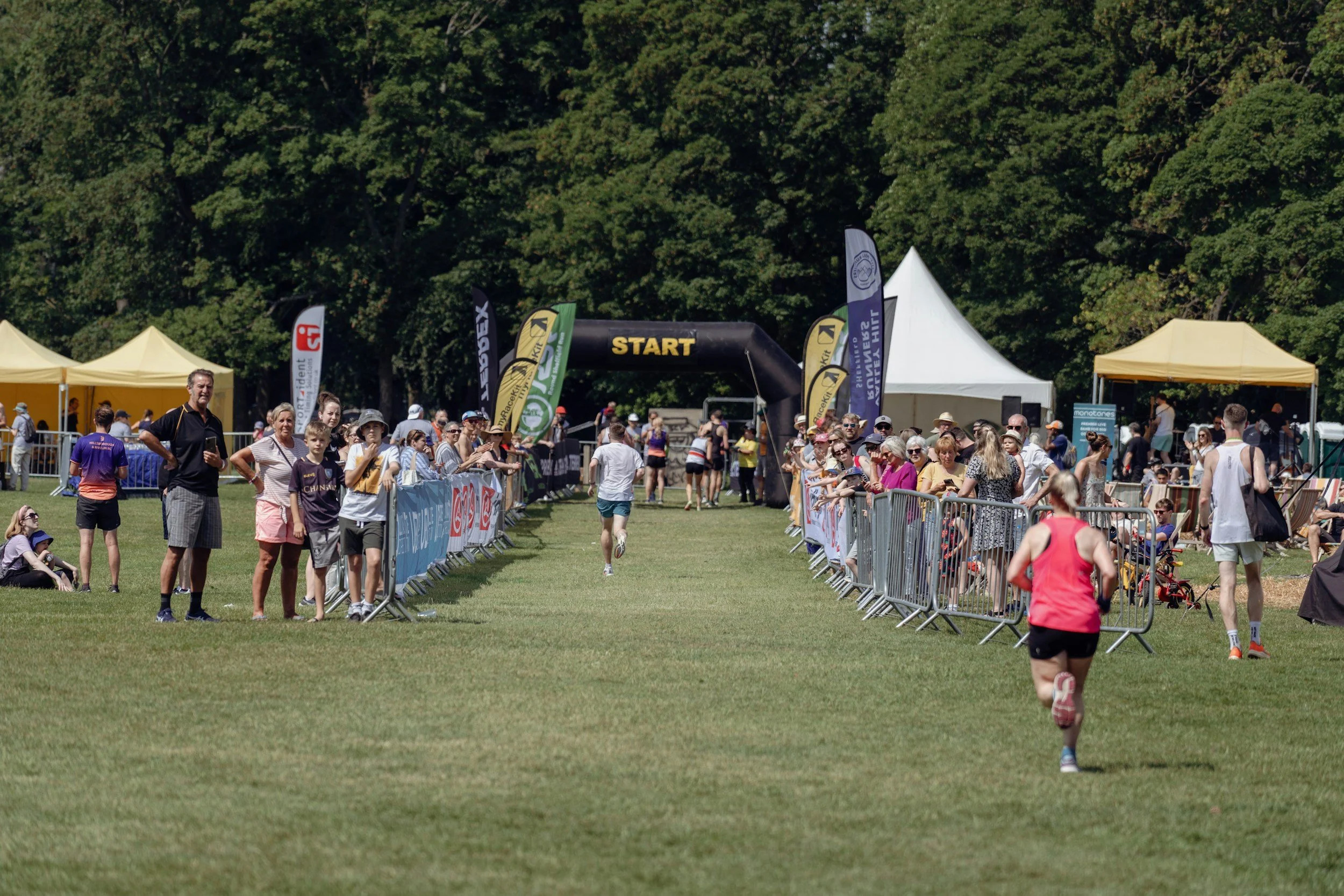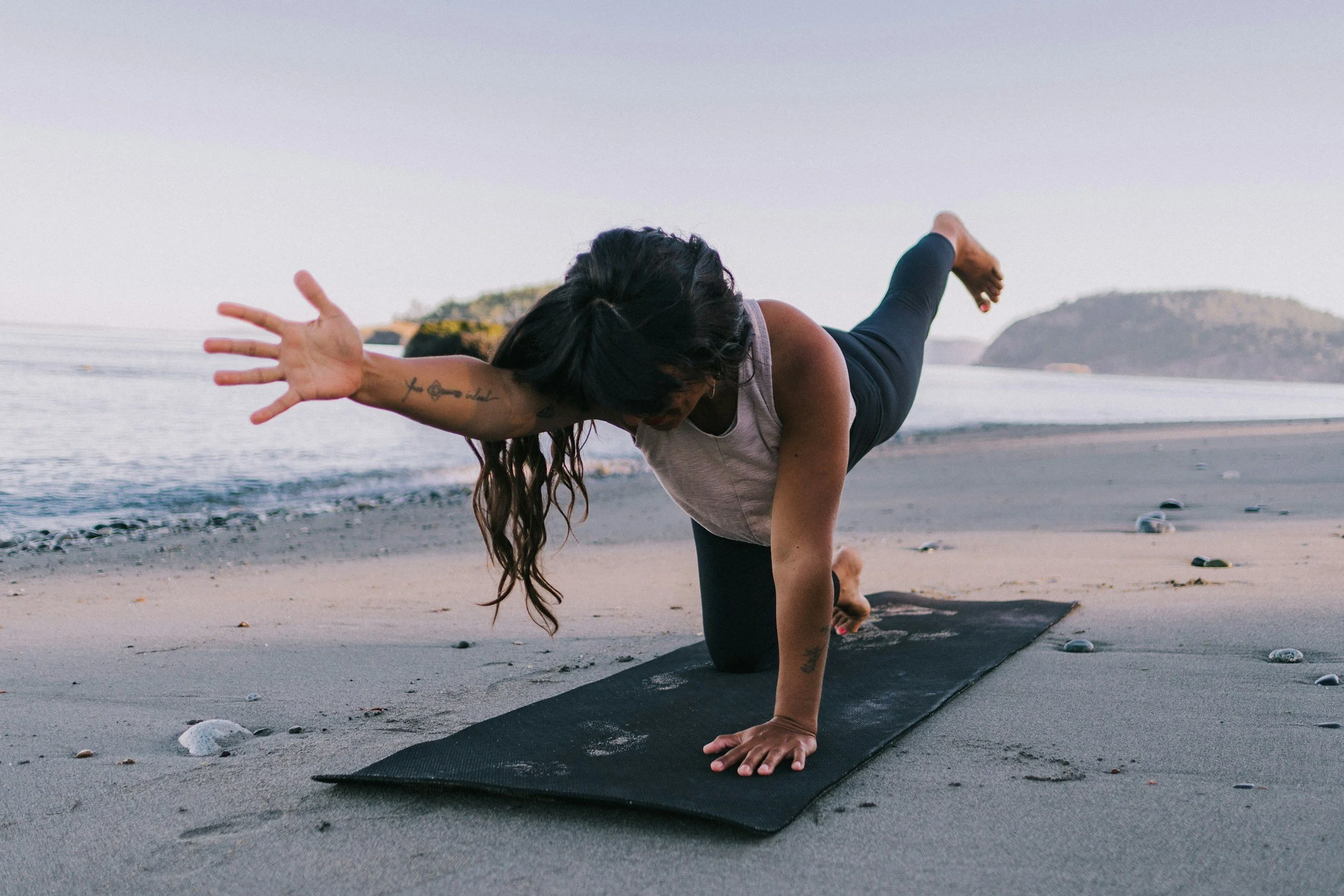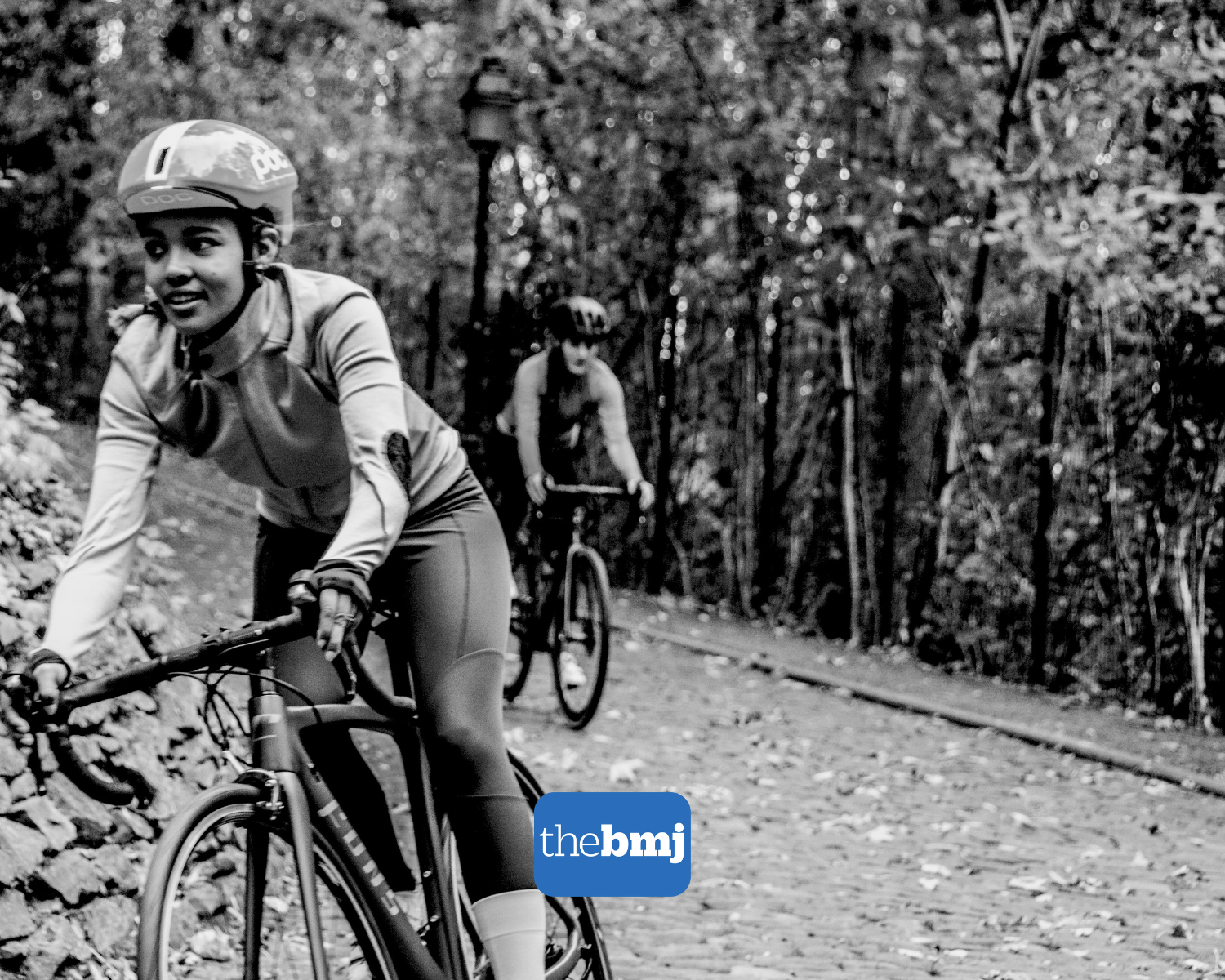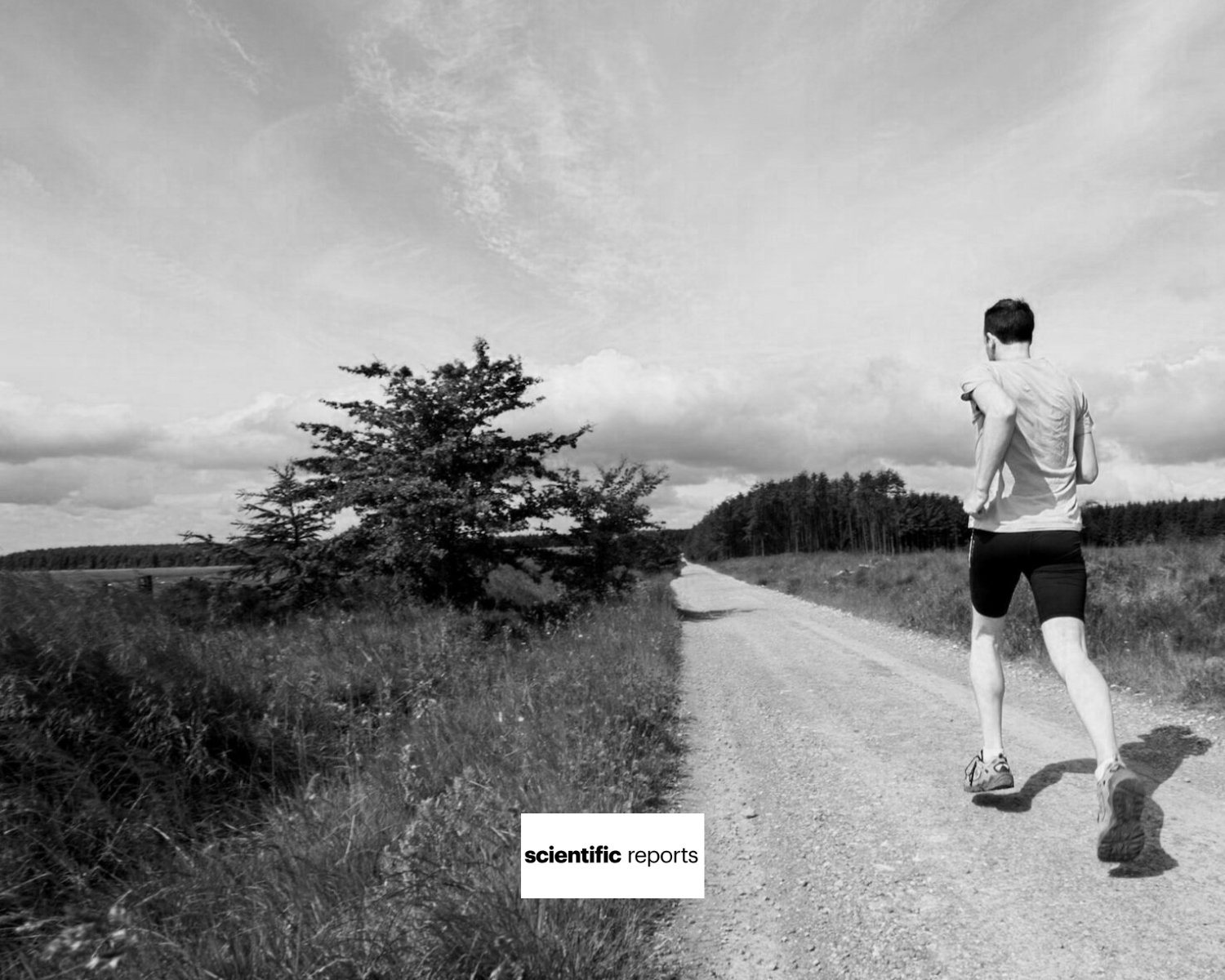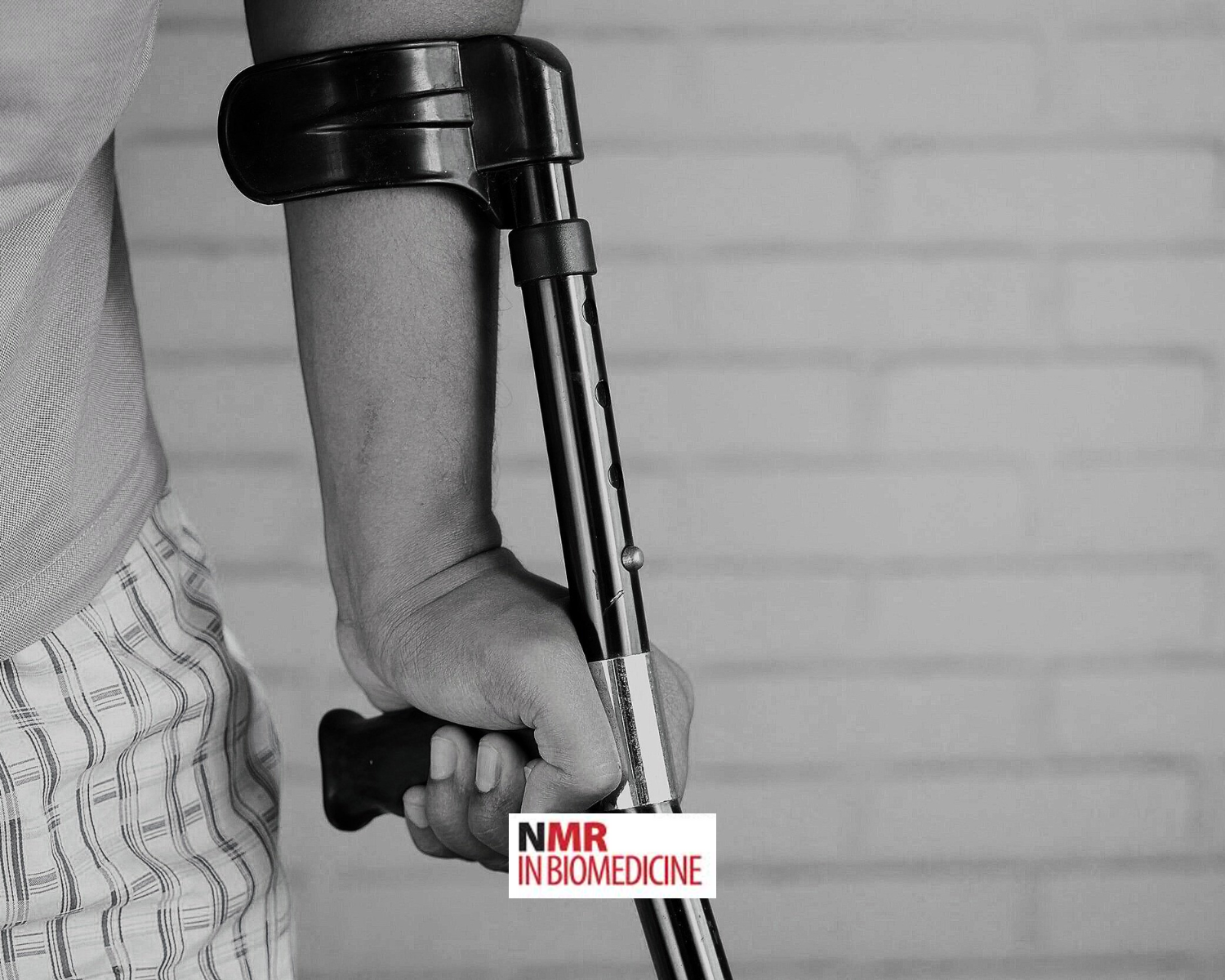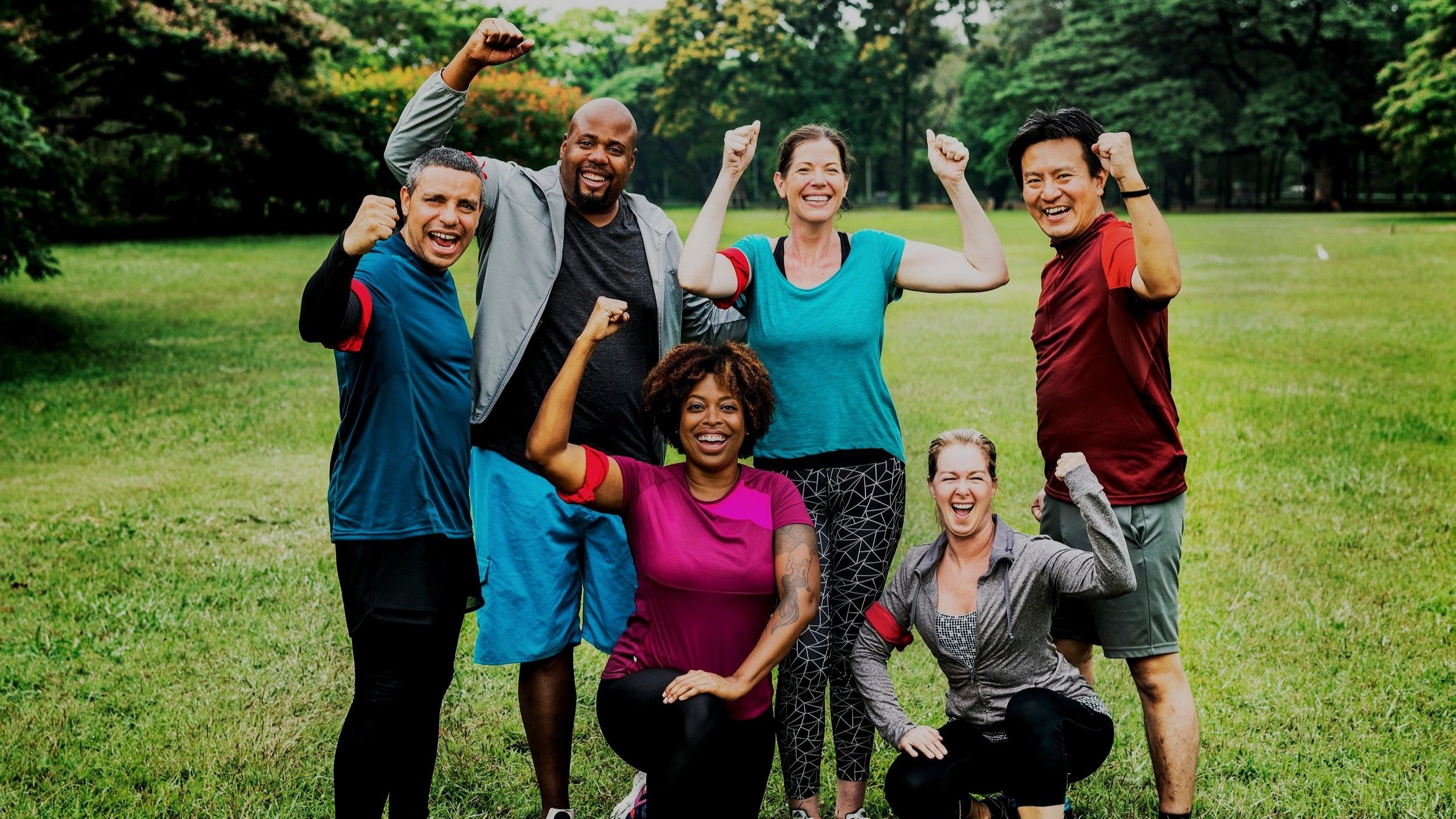
Help us explore the science of exercise for healthy joints and muscles
We all depend on our joints and muscles — but what’s the best way to keep them working?
Can exercise help avoid arthritis, or muscle wasting? Is distance running actually good for knees and hips? Can cycling help? What’s the best way to start exercising from scratch? What difference does it make if you’re young or old, male or female? And why is the ‘muscle factor’ so important? We want to answer these questions, by using medical imaging (MRI) to scientifically test the effects, risks and benefits of exercise on joint health.
There are many more questions we want to answer through our research. For example, how can you prevent injury after running? Which muscles are most important to strengthen for running and what’s the best way to strengthen them? Does strengthening the core muscles help with other sports? What exercise is best after injury or major surgery? Can sport and exercise help avoid the need for joint replacement?
Exercise for Science brings together members of the public with orthopaedic surgeons, engineers, imaging scientists, and radiologists in a combined research project, It’s a collaboration between University College London, The Royal National Orthopaedic Hospital NHS Trust, and Cleveland Clinic London, with support from a number of charities. Learn more
Exercise for Science in the media
Explore our studies
“Our work is revealing the exciting potential of detailed medical research into the effects of exercise on joints. Our findings can help in preventing injuries, improving performance, reducing the healthcare burden and enabling everyone who enjoys exercise to be safer, healthier and more fulfilled in training and participating.”
